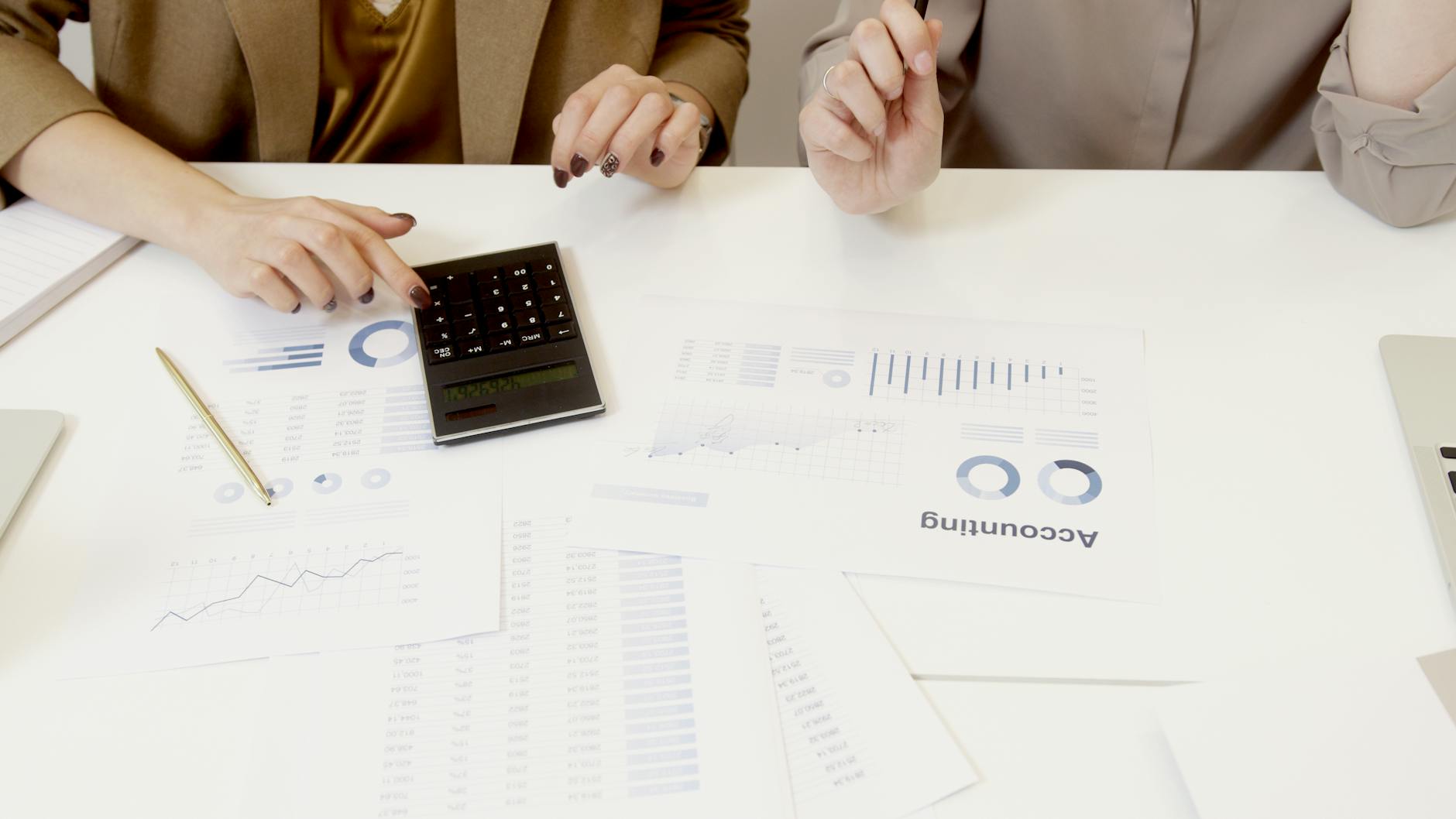Maximizing Cost Optimization with Accounting Analytics
Maximizing cost optimization with accounting analytics is a critical strategy for businesses seeking to enhance financial efficiency and improve decision-making. As companies face increasing pressure to reduce expenses while maintaining quality and growth, leveraging accounting analytics has emerged as a vital tool. By analyzing financial data with advanced techniques, organizations can identify cost-saving opportunities, detect inefficiencies, and predict future expenditures more accurately. This article explores how accounting analytics helps optimize costs by integrating financial data analysis with operational insights, leading to smarter resource allocation and improved profitability.
We will examine the foundational role of accounting analytics in cost control, discuss how predictive analytics forecasts expenses, explore the implementation of automation in financial processes, and finally, highlight how continuous monitoring strengthens cost optimization efforts. These interconnected aspects form a comprehensive approach to managing and reducing costs effectively using data-driven methods.
The role of accounting analytics in cost control
Accounting analytics provides a framework for scrutinizing financial data beyond traditional bookkeeping. By applying statistical and computational techniques, it transforms raw accounting data into actionable insights. Organizations can identify trends in spending patterns, recognize recurring costs that offer no value, and pinpoint cost centers where inefficiencies are prevalent.
For example, detailed expense categorization and variance analysis help management understand areas where budgets are consistently exceeded. This depth of analysis allows for targeted cost control measures rather than broad, indiscriminate budget cuts, which often harm vital operations.
Predictive analytics for forecasting and budgeting
Predictive analytics leverages historical accounting data to forecast future financial outcomes, including expenses. By deploying machine learning models, businesses can anticipate fluctuating costs resulting from seasonality, market changes, or internal operational shifts.
This capability supports dynamic budgeting, where budgets adapt based on projected scenarios rather than static historical figures. Companies equipped with predictive tools can allocate resources more efficiently, avoiding unexpected overruns and improving cash flow management.
| Forecasting method | Benefits | Common use cases |
|---|---|---|
| Time series analysis | Identifies trends and seasonality | Utility bills, payroll forecasting |
| Regression models | Evaluates relationships between variables | Raw material cost predictions based on production volume |
| Machine learning algorithms | Automates pattern recognition for complex data | Dynamic budgeting, fraud detection |
Automation in accounting processes to reduce cost
Automation plays a transformative role in cost optimization by reducing manual errors and saving time. Integrating accounting analytics with automated systems like robotic process automation (RPA) enables the seamless execution of routine tasks such as invoice processing, expense tracking, and reconciliation.
This reduces labor costs and frees finance teams to focus on strategic analysis and decision-making. Additionally, automated alerts based on analytics can flag anomalies or unusual spending patterns in real time, allowing faster corrective action and preventing cost leaks.
Continuous monitoring and improvement
Cost optimization is an ongoing cycle rather than a one-off exercise. Continuous monitoring powered by accounting analytics ensures that cost-saving initiatives are tracked and that adjustments are made based on evolving financial data and market conditions.
Organizations using dashboards to visualize cost trends and KPIs can quickly detect deviations from expected spending and respond proactively. This iterative process fosters a culture of accountability and financial discipline, ultimately maximizing the return on investment in cost management efforts.
Conclusion
Maximizing cost optimization with accounting analytics requires a structured approach that combines detailed financial data analysis, advanced forecasting techniques, automation, and continuous monitoring. By thoroughly understanding spending patterns and leveraging predictive insights, organizations can proactively manage budgets and reduce unnecessary costs without sacrificing operational effectiveness.
Automation enhances efficiency by streamlining routine accounting tasks and providing timely alerts to prevent overspending. Meanwhile, ongoing monitoring ensures that cost control strategies remain aligned with business goals and market realities. Together, these elements create a robust framework for sustained cost optimization, enhancing profitability and competitive advantage in today’s demanding business environments.
Image by: Artem Podrez
https://www.pexels.com/@artempodrez
editor's pick
latest video
news via inbox
Nulla turp dis cursus. Integer liberos euismod pretium faucibua


